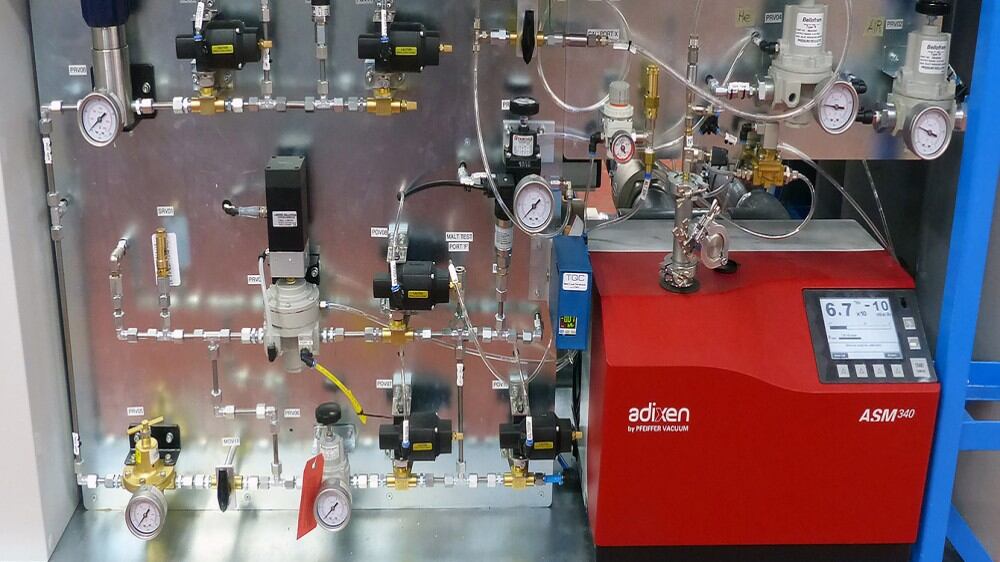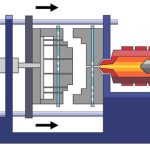Our message board is a constant source of great advice and information for all of our users. Some times, an especially useful discussion takes place that deserves a little extra attention. The inquiry and reply shownin this articlecan benefit process engineers in any plant environment, so we’ve decided to post the information here.
Question (edited)
I need to commission a plant and intend to use low pressure air for leak testing. Can I pressurise lines through a pump? In other words, if a line runs from the bottom of a tank, through a pump, and into another tank, can the whole line from bottom outlet on 1st tank to the inlet on 2nd tank be tested at once? Or, is it necessary to test the line in two sections (before and after the pump)? Can the same be done when testing for leaks using vacuum?
Response by Mr. Art Montemayor
“If you’re commissioning a plant, you can use clean, regulated compressed air for leak testing.
Of course, as you know, this will only show that the joints and other leak-prone areas do not leak at the testing temperature -not at the process temperatures which can be higher. What I have done in the past is applied masking tape around the flanges’ gasketed joint with a small pin hole made afterwards. Then I use “soap and bubble” technology with a fine brush, searching for the tell-tale bubbles that reveal an air leak. If the flange joint leaks, the pin hole will form a soap bubble.
Be aware that before you undertake to subject your process or unit to a pneumatic pressure, you should have a thorough and detailed knowledge of the lowest pressure rating in your pressurized system. You must be careful not to surpass the lowest pressure rating. For example, you may be using cast iron casings on your centrifugal pumps and these are normally rated well below the pressure rating of the connected piping. If some of the equipment is rated below the pipe, you can isolate the equipment and test the pipe on its own rating, followed by testing the equipment one-by-one. I have seen what a misguided pneumatic test can cause with a ruptured piece of equipment. That is why I am very, very cautious of pneumatic testing and would use it only if I were in control of all the procedures. I am particularly of any cast iron equipment. Cast iron pieces or components can have foundry defects or flaws and this can be devasting if they fail under a pneumatic test because the net effect is the same as a grenade exploding. That is why I prefer to test plant equipment hydrostatically – with water. The result of a hydrostatic test failure is benign compared with a pneumatic one.
A vacuum test is safer but is difficult to detect leaks. The only practical measure you have is loss of the vacuum as witnessed on a sensitive pressure gauge. This takes time and patience.
Again, while you can pneumatically test an entire unit at one time, take time and trouble to make sure you are in complete control as to the safe, rated pressure on each component in your system before applying air pressure. I would recommend that you use a 2-stage air regulator to set the test pressure. This is much more accurate and is considered safer that a single stage regulator.


